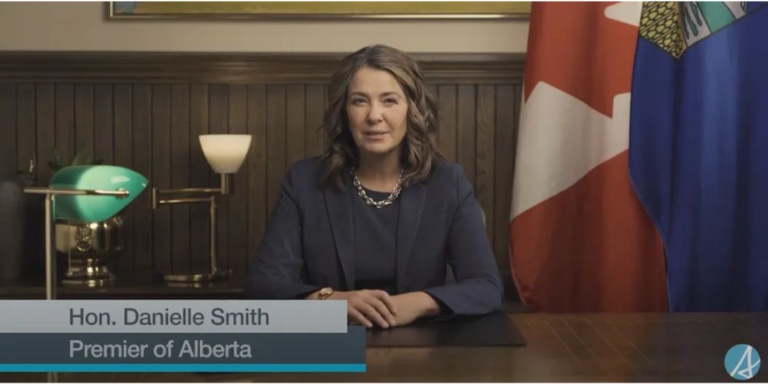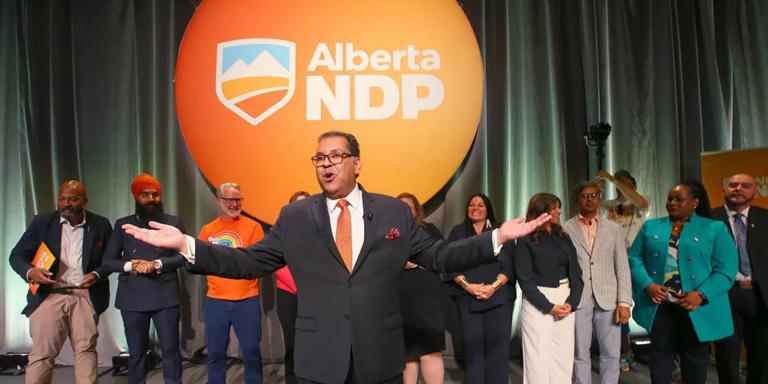When former Premier Jason Kenny’s government quietly cancelled the 1976 Coal Development Policy for Alberta in May 2020, the floodgates opened in more ways than one.
Mining companies bombarded the Alberta Energy Regulator (AER) with new coal exploration and development applications to secure rights to hundreds of square kilometres of public land in the Rocky Mountain front ranges.
The public also bombarded provincial government officials – with criticism.
Regular Albertans were furious that the coal policy was canned, even more so because there was little opportunity for public input.
The public backlash was so intense that Kenney’s Energy Minister, Sonya Savage, reinstated the rescinded coal policy in February 2021 until proper land use planning could be done.
That was good news for most Albertans, and a big victory for the Alberta Environmental Network, the group that helped coordinate the pushback.
But now some ‘loopholes’ language has a once-dead coal mine in the front ranges, lurching up from the grave like a zombie from The Last of Us.
The on-and-off again fiasco has shone a spotlight on a nearly 50-year-old coal policy.
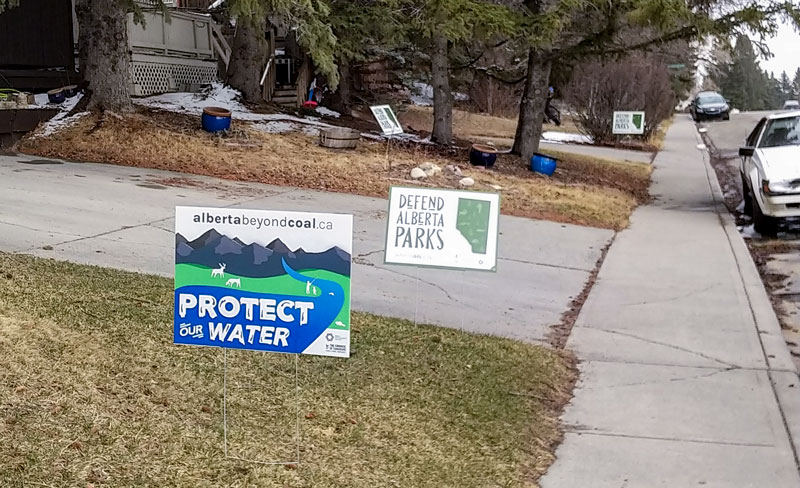

The 1976 Coal Policy
Back in the 70s, when Premier Peter Lougheed’s Progressive Conservative government crafted the coal policy, they showed amazing foresight.


Remember, this was long before water shortages and drought became conversation topics around dinner tables in Alberta.
Using wildlife, recreation and sustainability as cornerstones, Lougheed’s coal policy divides the foothills and Rocky Mountains into four categories.
It strictly lays out how, when, and where coal mining would be allowed.
Category 1 lands include provincial and national parks where no coal mining would ever be allowed.
On Category 4 lands, some surface and underground mining could be permitted.
Significantly, the coal policy prohibited surface coal mining on 14,000 square kilometres of land.
This is what Premier Lougheed had to say at a press conference following the release of the coal policy:
“No development will be permitted unless the Government is satisfied that it may proceed without irreparable harm to the environment and with satisfactory reclamation of any disturbed land. Neither exploration nor development will be permitted in certain designated areas. Limited exploration and development will be permitted in other areas, while some areas will be broadly open for both exploration and development under controlled conditions.”
Loughheed’s policy is not radical. He struck a careful balance between resource extraction and conservation.
Something that Albertans at the time appreciated. And current Albertans still value.
Protecting the Watershed
In 1977, Lougheed’s government released another document: A Policy For Resource Management of the Eastern Slopes. It isn’t legally binding, but it is an important guideline for Alberta governments to follow.
Loughheed’s Policy prioritized water conservation. It aimed to ensure “a continuous, reliable supply of clean water to meet the needs of Albertans and interprovincial users now and in the future.”
Beyond general environmental concerns for wildlife habitat, much of the outrage against the Kenney government’s rescinding of the 1976 coal policy was because it threatened our water.
Given the water shortages we are seeing today due to a warming climate, Alberta’s Progressive Conservatives of 40 years ago deserve credit for making wise decisions that considered Alberta’s future, not just the immediate needs of industry.
After three successive drought years, Alberta is bracing for another dry summer. In late spring, the Oldman Reservoir west of Fort Macleod was less than half its normal level, and St. Mary’s Reservoir is between a third and a quarter of average levels.
More than ever, Albertans need to protect our watersheds.
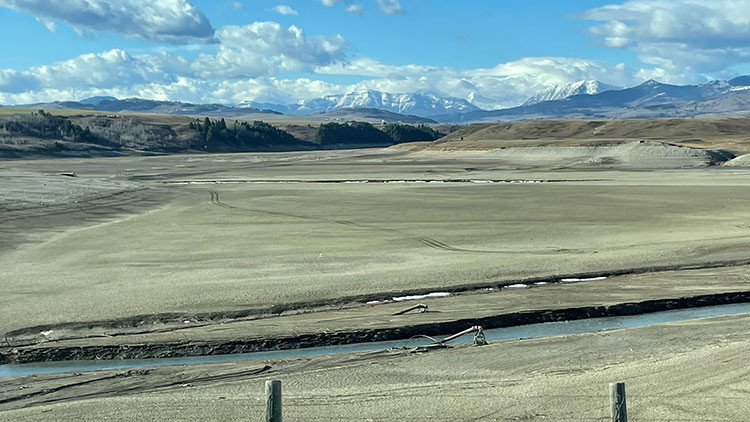

Fast Forward to Today
When Danielle Smith became the leader of the United Conservative Party, Jason Kenney definitely gave her a mixed-up mess about coal. But under Smith’s leadership, it’s gotten even messier.
As widely reported, an Alberta judge recently accused Smith’s government of secrecy and trying to quash public debate around the important coal issue.
Smith’s approach is bewildering. She is courting coal, oil, and gas while making it hard for renewable energy projects with rules that aren’t fair to all types of energy.
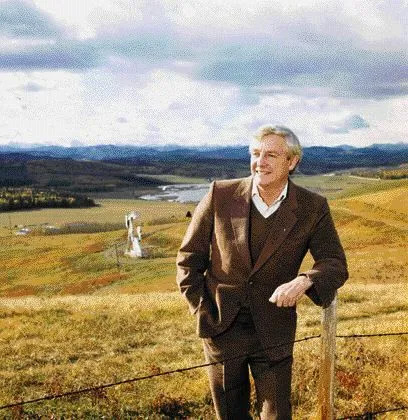

But Kenney hasn’t disappeared from the story. He’s now a senior advisor to Bennett Jones, the law firm representing several coal companies suing the Alberta government for $10.8 billion for lost revenue.
Apparently, the coal industry was promised something they didn’t get after Kenney’s government was shamed into reversing its coal policy cancellation.
Kenney himself is being sued in a defamation lawsuit with the Alberta government on the hook for lawyer bills.
Kenney accused some environmental groups of trying “to landlock Alberta oil using partisan political tactics and outright misinformation in their campaign of defamation.”
The environmental groups are suing Kenney after a Public Inquiry Into Anti-Albertan Energy Campaigns, which lasted over 28 months and cost Albertans $3.5 million, found no evidence of wrongdoing.
Instead of moving on, Kenney publicly lied about the inquiry’s findings, blaming the groups in question. As a result, the groups are suing.
And who pays for both of these costly lawsuits?
Albertans do, likely in more ways than one.
Now, if that doesn’t stink, what does?
It might be fair to ask, what’s happened to the conservation in conservatism, the transparency of government and the idea of governing for the future?
These were all pillars of Peter Lougheed’s Progressive Conservatives.
Maybe Kenney and Smith should go back to school to learn what it means to be conservatives.


